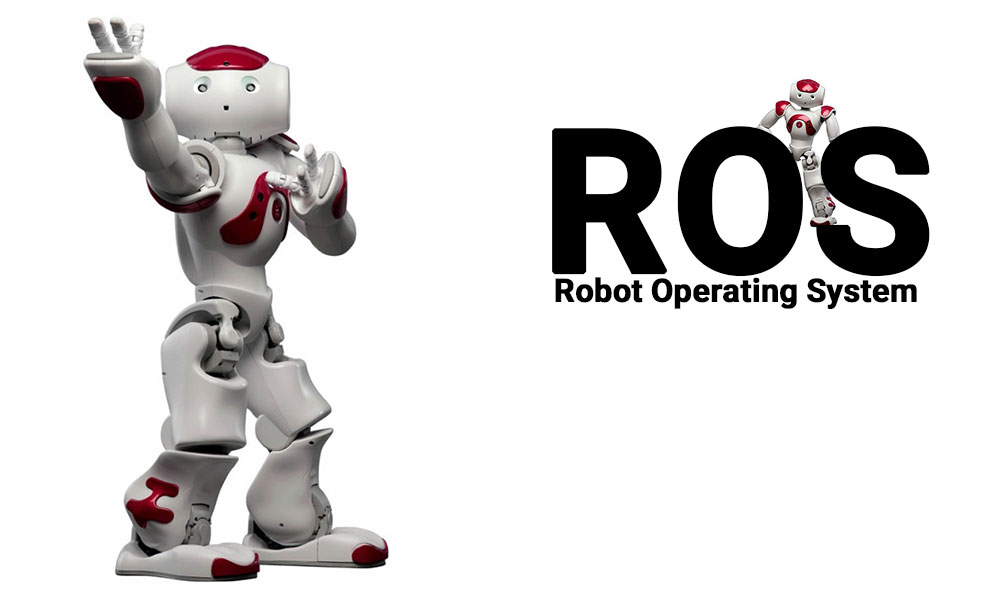The global Robot Operating System Market is projected to experience a robust growth trajectory between 2023 and 2033. Valued at US$ 280.8 million in 2023, the market is expected to expand at a compound annual growth rate (CAGR) of 5.7%, reaching an estimated US$ 490.3 million by the end of the forecast period.
A surge in automation across industries, coupled with advancements in robotics technology, is propelling the demand for Robot Operating Systems (ROS). The market is poised for steady growth as industries embrace ROS for its flexibility, scalability, and compatibility with various robotic systems.
- Global Market Value (2023): US$ 280.8 million
- Forecasted Market Value (2033): US$ 490.3 million
- CAGR (2023 to 2033): 5.7%
The Robot Operating System Market is driven by its ability to provide a standardized platform that accelerates the development of complex robotic systems, thus fostering innovation in sectors such as manufacturing, healthcare, and logistics.
Key Takeaways from the Market Study:
- Steady Market Growth: The global Robot Operating System Market is expected to grow at a 5.7% CAGR from 2023 to 2033.
- Rising Adoption of Robotics in Healthcare: Increasing deployment of robotics in surgeries and patient care is contributing significantly to market growth.
- Industry 4.0 Drives Demand: The integration of ROS in smart factories for automation and operational efficiency is a major driver for the market.
- Growth in Collaborative Robots: The adoption of collaborative robots (cobots) in industries like manufacturing and logistics is anticipated to boost ROS deployment.
- Open-Source Platforms Pave the Way: The open-source nature of ROS is fostering wide-scale adoption across diverse sectors, offering cost-effective solutions.
Drivers and Opportunities:
The Robot Operating System Market is being primarily driven by the increasing need for automation across industries to enhance productivity and efficiency. Sectors such as manufacturing, healthcare, and logistics are rapidly adopting robotic systems powered by ROS to reduce labor costs and minimize human errors.
Advancements in artificial intelligence and machine learning are enabling robots to perform more complex tasks. The open-source nature of ROS allows for seamless customization, making it highly attractive to developers and industries alike. Opportunities lie in further enhancing the system’s capabilities, especially in autonomous robots and collaborative robotics.

Components Insights:
The Robot Operating System Market is primarily segmented by its components into:
- Hardware: Controllers, sensors, actuators, and other physical components that power robotic systems.
- Software: The operating system and programming tools that allow for the customization and development of robotic applications.
The software segment is anticipated to hold the largest share, driven by the increasing use of advanced algorithms and AI tools to enhance robotic functionalities.
Application Insights:
The market is witnessing growing demand across various applications, including:
- Healthcare: Robotic-assisted surgeries, rehabilitation, and patient care are key sectors benefiting from ROS.
- Manufacturing: ROS is increasingly being used in automated assembly lines and precision tasks in smart factories.
- Logistics & Warehousing: The use of robots for inventory management, packaging, and shipping is seeing a surge.
- Agriculture: Precision farming and agricultural robots are also adopting ROS for improved crop monitoring and harvesting.
Deployment Insights:
ROS can be deployed in several environments, including:
- On-Premises: For industries with specific security and control requirements.
- Cloud-Based: Enabling remote monitoring and control, which is gaining traction due to its flexibility and scalability.
Cloud-based deployments are expected to grow at a faster pace, driven by increasing adoption in sectors that require large-scale automation and data analytics.
Key Companies & Market Share Insights:
Some of the leading companies in the Robot Operating System Market include:
- ABB Ltd.
- KUKA AG
- FANUC Corporation
- Yaskawa Electric Corporation
- iRobot Corporation
These companies are investing heavily in research and development to introduce advanced robotic systems that integrate seamlessly with ROS, solidifying their market share and driving innovation.
Recent Developments:
- July 2023: ABB Ltd. introduced a new range of collaborative robots designed to work alongside humans in industrial settings. These robots are powered by the ROS framework for enhanced flexibility and safety.
- August 2023: FANUC Corporation announced the expansion of its ROS-based software suite to include advanced machine learning capabilities, improving robot decision-making in real-time environments.
- September 2023: Yaskawa Electric Corporation launched a cloud-based ROS solution for remote monitoring and diagnostics of industrial robots, aimed at improving uptime and reducing maintenance costs.
About Future Market Insights (FMI)
Future Market Insights, Inc. (ESOMAR certified, recipient of the Stevie Award, and a member of the Greater New York Chamber of Commerce) offers profound insights into the driving factors that are boosting demand in the market. FMI stands as the leading global provider of market intelligence, advisory services, consulting, and events for the Packaging, Food and Beverage, Consumer Technology, Healthcare, Industrial, and Chemicals markets. With a vast team of over 400 analysts worldwide, FMI provides global, regional, and local expertise on diverse domains and industry trends across more than 110 countries. Join us as we commemorate 10 years of delivering trusted market insights. Reflecting on a decade of achievements, we continue to lead with integrity, innovation, and expertise.
Contact Us:
Future Market Insights Inc.
Christiana Corporate, 200 Continental Drive,
Suite 401, Newark, Delaware – 19713, USA
T: +1-347-918-3531
For Sales Enquiries: sales@futuremarketinsights.com
Website: https://www.futuremarketinsights.com
LinkedIn| Twitter| Blogs | YouTube




